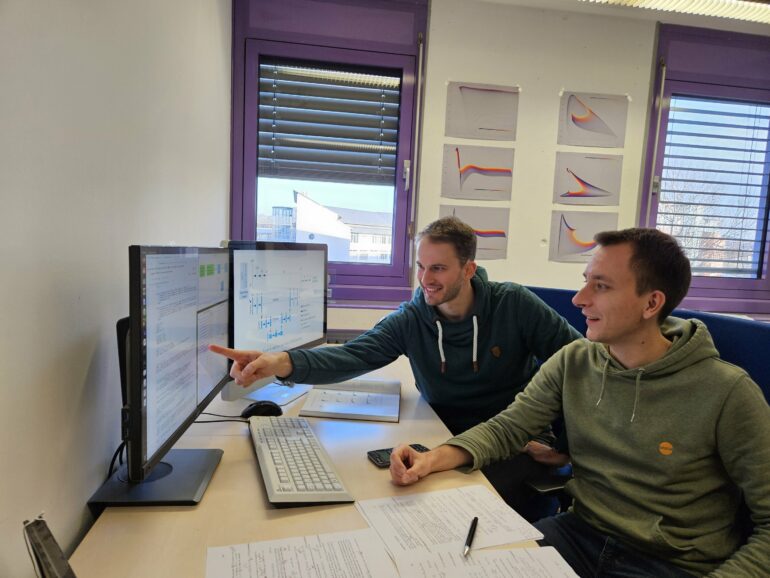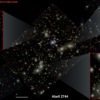Bayreuth scientists are investigating the structure and long-term behavior of galaxies using mathematical models based on Einstein’s theory of relativity. Their innovative approach uses a deep neural network to quickly predict the stability of galaxy models. This artificial intelligence-based method enables efficient verification or falsification of astrophysical hypotheses in seconds.
The research objective of Dr. Sebastian Wolfschmidt and Christopher Straub is to investigate the structure and long-term behavior of galaxies. “Since these cannot be fully analyzed by astronomical observations, we use mathematical models of galaxies,” explains Christopher Straub, a doctoral student at the Chair of Mathematics VI at the University of Bayreuth.
“In order to take into account that most galaxies contain a black hole at their center, our models are based on Albert Einstein’s general theory of relativity, which describes gravity as the curvature of four-dimensional spacetime.”
Mathematicians and astrophysicists have been researching the properties of such galaxy models for decades, but many open questions remain. To help answer these questions, Straub and Wolfschmidt have implemented a deep neural network, which represents a completely new approach in this field of research.
Neural networks are powerful computational models whose structure is inspired by that of the human brain. They are used in the field of artificial intelligence to detect complex structures in large amounts of data.
“The neural network can predict which models of galaxies can exist in reality and which cannot,” says Dr. Sebastian Wolfschmidt, research associate at the Chair of Mathematics VI. “The neural network delivers a significantly faster prediction than the numerical simulations used in the past. This means that astrophysical hypotheses that have been put forward over the past decades can be verified or falsified within a few seconds.”
Wolfschmidt and Straub’s findings have been accepted for publication in the journal Classical and Quantum Gravity.
“We have been working on these issues at the Chair of Mathematics VI in Prof Dr. Gerhard Rein’s research group since 2019. After various analytical and numerical investigations, we realized about a year ago that the use of machine learning can be particularly helpful for some of our problems. Since then, we have developed the deep neural network described above and already have plans for further applications of similar methods,” says Straub.
The calculations of the Bayreuth mathematicians were carried out by the supercomputer of the “Keylab HPC” at the University of Bayreuth and the project emerged from a collaboration with the Chair of Applied Computer Science II—Parallel and Distributed Systems.
More information:
Christopher Straub et al, EVStabilityNet: Predicting the stability of star clusters in general relativity, Classical and Quantum Gravity (2024). DOI: 10.1088/1361-6382/ad228a
Provided by
Bayreuth University
Citation:
Scientists use AI to investigate structure and long-term behavior of galaxies (2024, February 5)



